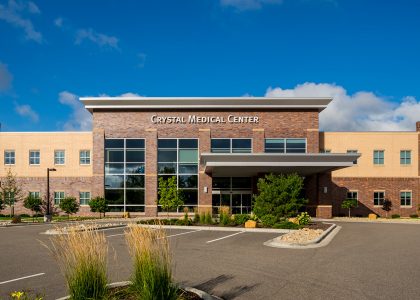Taking out a commercial lease is a huge moment, and one that you have to think carefully about. One of the reasons for that is because there are quite a few hidden costs that you may not have been aware of. It is also for this reason that you must have a team of professionals on your side when you are negotiating your lease. So what are some of the hidden costs, and how can you avoid them?
1. The Type of Lease
Firstly, you need to know which type of lease you have signed.
Remember that types of commercial leases can overlap. What is most important to focus on is how rent and other fees are calculated.
The types of leases are:
– Percentage lease
– Net lease
– Double net lease
– Triple net lease
– Gross lease, or fully serviced lease
The key difference between these types of leases is who is responsible for different expenses. For instance, with a gross lease, your landlord is responsible for roof replacements, repairs, and maintenance, but other expenses are yours. With a triple net lease, you have to pay for all expenses.
2. Base Rent Increases
When you take out a lease, you will negotiate a base rent. The agreement you come up with, however, is only set for your first year. After that, it will start increasing, often by between 3% and 4%. However, you can negotiate this.
These days, the increase often is more than the inflation rate because the soft real estate market of the early ’90s forced landlords to forgo any rent increases for a long time. Watch for inaccurate calculations of operating costs.
3. Abated Rent
Often, during negotiations, the landlord will concede a few months of rent. However, if you then do not complete the full term, for instance if you go out of business, you will have to pay back those abated months. If possible, aim to negotiate for “free” rent instead of “abated” rent.
4. Operating Expenses
There are numerous operating expenses that you have to pay for, and you will be responsible for those as a tenant. Some of the expenses include:
– Maintenance of the walls, roof, and foundation
– Insurance on the building
– Property taxes
Paying for operating expenses is a particularly complex element of the lease.
Landlords use the term ‘base year’ for the operating expenses, and many times the operating expenses or ‘base year’ is factored off of the year before you occupy the space, so you shouldn’t pay operating expenses until the second year.
It is also very common for landlords to estimate operating expenses, and bill you for that estimation on a monthly basis. It is very important, therefore, that you check whether the estimation was correct and that you are refunded any money you overpaid. Of course, the opposite could also be true, which means you will have a higher final bill.
5. Common Area Maintenance
Common area maintenance (CAM) charges include things such as:
– Outdoor lighting
– Trimming trees
– Watering bushes
– Mowing the grass
Not every lease has CAM charges, but if you do, they can build up to hundreds of dollars every year. You can, however, negotiate CAM charges so you won’t get a surprise bill.
If the type of fees you are being asked to pay are non-negotiable, make sure your lease specifically permits you to review the landlord’s bills. Business is business and this should not be seen as a distrust in a landlord or something personal, but paying unknown fees simply on good faith is not good business.
6. Repairs and Maintenance
This includes repair and maintenance for such things like the roof, plumbing, sprinkler system, and air conditioning. Usually, the lessee will be responsible for this. However, you may not be responsible for replacement, and the amount you have to spend on repair and maintenance may also be capped.
7. Liability Insurance
When you take out a lease, insurance against destruction and fire will like be billed to you as part of your rent. However, you may also have to take out liability insurance for further protection.
A standard insurance policy issued to business organizations to protect them against liability claims for bodily injury (BI) and property damage (PD) arising out of premises, operations, products, and completed operations; and advertising and personal injury (PI) liability. The CGL policy was introduced in 1986 and replaced the “comprehensive” general liability policy.
How to Avoid Hidden Charges
Unfortunately, there is now way to avoid these charges from being billed to you, as you are in fact responsible for them. However, you can do a number of things to make sure you aren’t surprised by them. These include:
– Negotiating a cap on your CAM charges
– Negotiating increases in property taxes
– Having a full accounting of all associated costs completed


